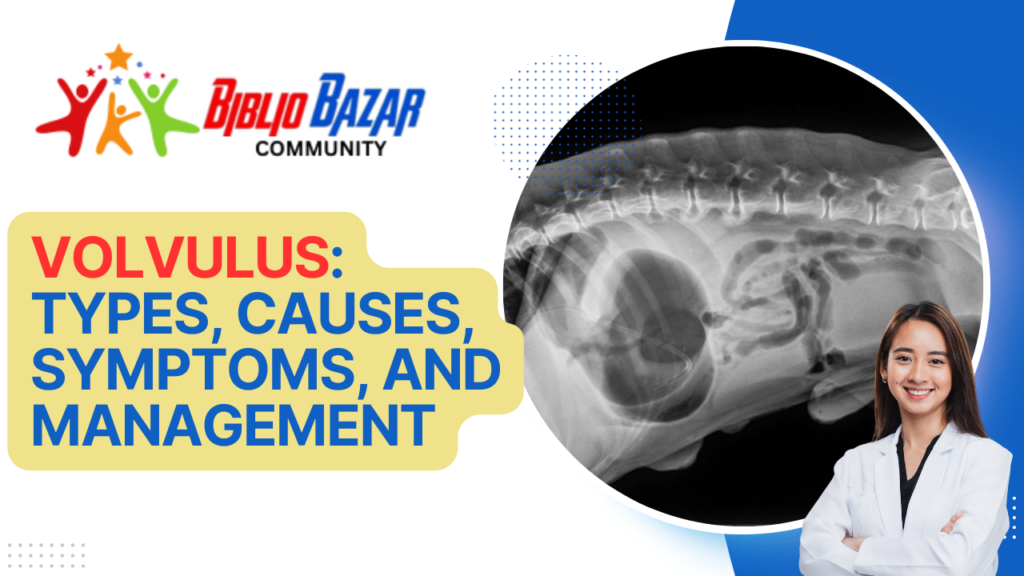
Pilonidal disease is a chronic skin condition marked by the formation of cysts, sinuses, or abscesses near the natal cleft of the buttocks. This condition primarily affects young adults, with men being more frequently affected than women. Pilonidal disease is commonly caused by hair penetrating the skin, leading to inflammation and infection. Risk factors for developing pilonidal disease include prolonged sitting, obesity, excessive body hair, poor hygiene, and a sedentary lifestyle. Genetic predisposition and repeated friction or trauma to the sacrococcygeal area also play significant roles in the development of this condition.
Symptoms of pilonidal disease often include pain, swelling, redness, and drainage of pus or blood from the affected area. Patients may experience a painful, swollen lump near the tailbone that can drain fluid, causing discomfort and a foul odor. In some instances, patients may develop fever and feel generally unwell due to the infection. Chronic pilonidal disease can lead to recurrent abscesses and sinus tract formation, significantly affecting the patient’s quality of life.

Treatment options for pilonidal disease vary based on the severity of the condition. Initial management involves conservative measures such as maintaining good hygiene, shaving or removing hair from the affected area, and using warm compresses to reduce inflammation. Antibiotics may be prescribed for bacterial infections, though they are not always necessary. For more severe or recurrent cases, surgical intervention is often required. Surgical options include incision and drainage of abscesses, excision of sinus tracts, and more extensive procedures like flap surgeries to remove the affected tissue and close the wound.
Surgical management of pilonidal disease includes various techniques tailored to the patient’s condition. Simple incision and drainage are commonly performed for acute abscesses, providing immediate relief from pain and infection. However, this approach may not prevent recurrence. More definitive surgical procedures include excision of the pilonidal sinus with primary closure or healing by secondary intention. Flap procedures, such as the Bascom cleft lift or Z-plasty, may be utilized to reduce tension on the wound and promote healing. These advanced techniques aim to minimize recurrence and improve patient outcomes.

A comprehensive nursing care plan is crucial for patients undergoing treatment for pilonidal disease. Preoperative care involves educating patients about the procedure, potential complications, and postoperative care. Postoperative nursing care focuses on pain management, wound care, and preventing infection. Nurses should monitor the surgical site for signs of infection, such as increased redness, swelling, or drainage. Patients should be encouraged to maintain good hygiene, avoid prolonged sitting, and follow instructions for wound care to promote healing. Regular follow-up appointments are necessary to assess the progress of healing and address any complications promptly. Emotional support and counseling may also be beneficial, as chronic pilonidal disease can significantly impact a patient’s quality of life.
Pilonidal disease, although manageable with appropriate treatment, requires careful attention to prevent recurrence and ensure optimal outcomes. Effective management involves a combination of conservative measures, surgical intervention, and diligent postoperative care. Understanding the condition, its risk factors, symptoms, and treatment options is crucial for healthcare providers and patients alike.

Frequently Asked Questions (FAQs)
- What is pilonidal disease?
Pilonidal disease is a chronic skin condition characterized by the presence of cysts, sinuses, or abscesses near the natal cleft of the buttocks. - What causes pilonidal disease?
It is typically caused by hair penetrating the skin, leading to inflammation and infection. Other contributing factors include prolonged sitting, obesity, poor hygiene, and repeated friction or trauma to the area. - Who is at risk for pilonidal disease?
Young adults, especially men, are at higher risk. Risk factors include excessive body hair, a sedentary lifestyle, obesity, and genetic predisposition. - What are the symptoms of pilonidal disease?
Symptoms include pain, swelling, redness, and drainage of pus or blood from the affected area. Patients may also experience a painful, swollen lump near the tailbone. - How is pilonidal disease diagnosed?
Diagnosis is primarily based on physical examination and patient history. Imaging studies are rarely needed but may be used to assess the extent of the disease. - What are the treatment options for pilonidal disease?
Treatment options include conservative measures such as good hygiene and warm compresses, antibiotics for infections, and surgical interventions like incision and drainage or excision of the affected tissue. - What does surgical management of pilonidal disease involve?
Surgical management includes procedures such as incision and drainage, excision with primary closure, or flap surgeries to remove the affected tissue and promote healing. - What is involved in the nursing care plan for pilonidal disease?
Nursing care involves preoperative education, postoperative monitoring, pain management, wound care, and infection prevention. Nurses also provide emotional support and ensure proper follow-up care. - Can pilonidal disease recur after treatment?
Yes, pilonidal disease can recur, especially if only incision and drainage are performed. More extensive surgical procedures aim to reduce the risk of recurrence. - How can patients prevent pilonidal disease from recurring?
Preventative measures include maintaining good hygiene, regularly removing hair from the affected area, avoiding prolonged sitting, and following medical advice for wound care and lifestyle modifications.
subscribe us for more videos like this and visit bazarbiblio.com for notes and free pdf books Thank You.
Discover more from Bibliobazar Digi Books
Subscribe to get the latest posts sent to your email.


